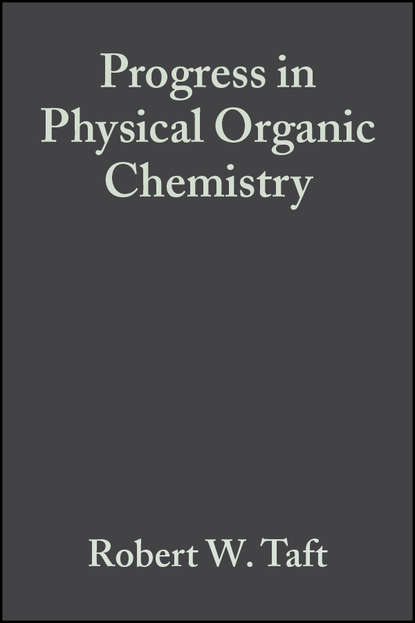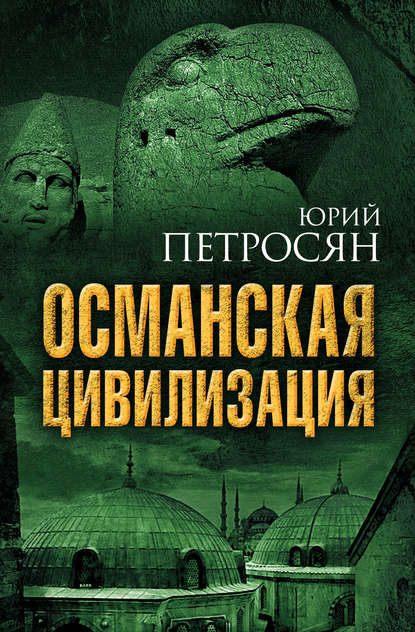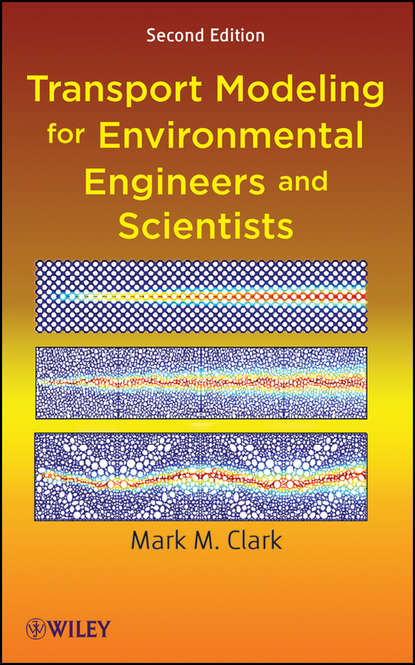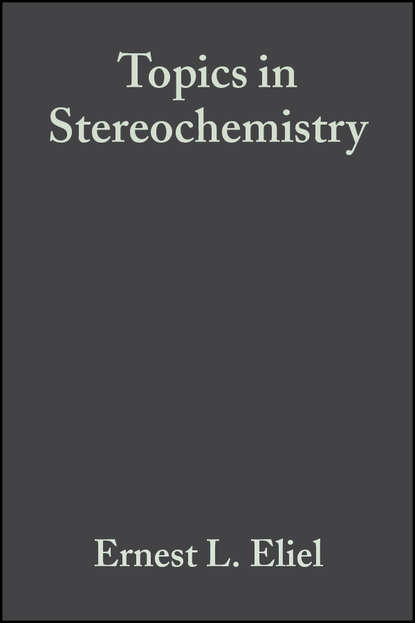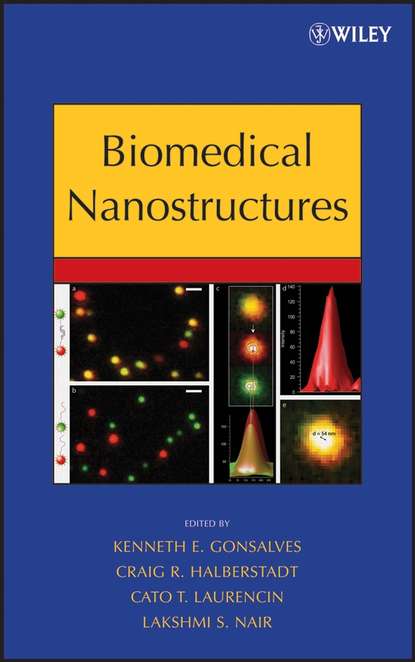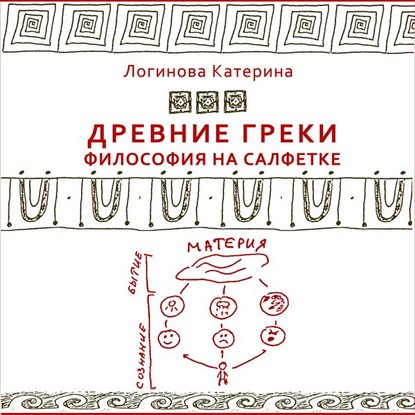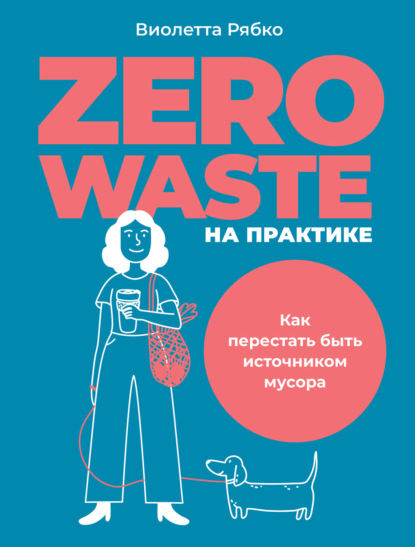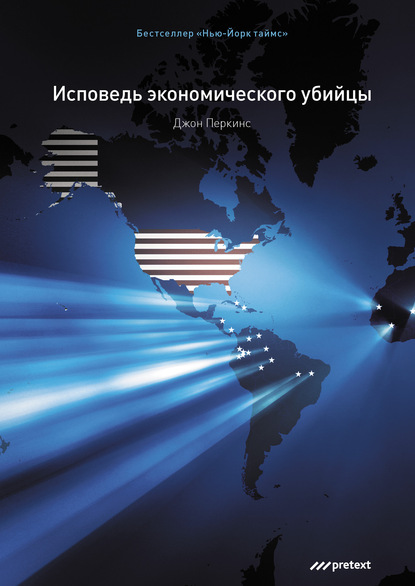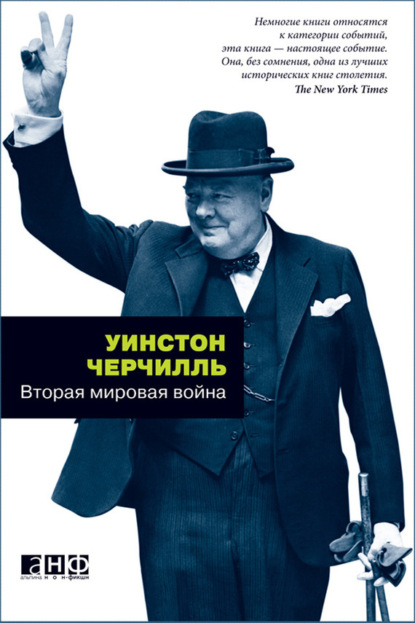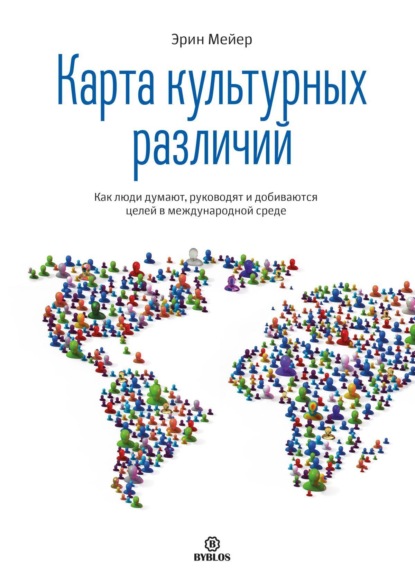Книга "Progress in Physical Organic Chemistry, Volume 12" является одной из серии изданий, посвященных обзору последних исследований в области органической химии, использующих количественные и математические методы. В этих обзорах авторы, ведущие эксперты в своих областях, предлагают уникальные и задающие мысли взгляды на текущее состояние науки и ее будущее направление. Статьи, опубликованные в книге, представляют собой важный ресурс, который помогает читателям понять значение каждого нового открытия и его влияние на область в целом.
Progress in Physical Organic Chemistry заполняет пробел в централизованном источнике, который представляет, анализирует и контекстуализирует основные достижения в области. Эта книга не только интересна для ученых, работающих в области физической органической химии, но и для ученых, работающих во многих субдисциплинах химии, в которых применяются подходы физической органической химии, таких как биохимия, фармацевтическая химия и науки о материалах и полимерах.
Среди тем, рассматриваемых в этой серии, являются механизмы реакций; реактивные промежуточные соединения; комбинаторные стратегии; новые структуры; спектроскопия; химия на поверхности; стереохимия; конформационный анализ; квантово-химические исследования; связь между структурой и реакционной способностью; эффекты растворителя, изотопов и твердого состояния; долгоживущие заряженные, шестеренчатые или открытые радикалы; магнитные, нелинейно-оптические и проводящие молекулы; и молекулярное распознавание.
This source features various notable discoveries in the area of physical organic chemistry. By critically evaluating the newest findings within this broad area, readers gain essential insight into each individual contribution. Such offerings enable better understanding of how previously identified work translates onto its relevance within this realm as a whole. Presented here is perhaps the last body of research information to render any in depth knowledge concerning the entirety of modern chemical endeavors. Explored under the cover of this volume are findings involving a diverse array of subfields that implicate this general focus. Highlighted topics include, for example: reaction pathways; intermediate reactive components; hybrid approach strategies; appreciated geometries; spectrometry patterns; mediarum and solute behave in chemical reactions; saturation and vertebrate contributions; topological atom analysis; artifacts, atoms, and structures correlations; permeation effects; stable, long-term, highly charged structures; paramagnetic, nonlinear optics, and transportation structures; and molecule accessibility. This work is intended to provide relevant knowledge and systematic concise chemistry coverage.
Электронная Книга «Progress in Physical Organic Chemistry, Volume 12» написана автором Robert Taft W. в году.
Минимальный возраст читателя: 0
Язык: Английский
ISBN: 9780470172124
Описание книги от Robert Taft W.
Progress in Physical Organic Chemistry is dedicated to reviewing the latest investigations into organic chemistry that use quantitative and mathematical methods. These reviews help readers understand the importance of individual discoveries and what they mean to the field as a whole. Moreover, the authors, leading experts in their fields, offer unique and thought-provoking perspectives on the current state of the science and its future directions. With so many new findings published in a broad range of journals, Progress in Physical Organic Chemistry fills the need for a central resource that presents, analyzes, and contextualizes the major advances in the field. The articles published in Progress in Physical Organic Chemistry are not only of interest to scientists working in physical organic chemistry, but also scientists working in the many subdisciplines of chemistry in which physical organic chemistry approaches are now applied, such as biochemistry, pharmaceutical chemistry, and materials and polymer science. Among the topics explored in this series are reaction mechanisms; reactive intermediates; combinatorial strategies; novel structures; spectroscopy; chemistry at interfaces; stereochemistry; conformational analysis; quantum chemical studies; structure-reactivity relationships; solvent, isotope and solid-state effects; long-lived charged, sextet or open-shell species; magnetic, non-linear optical and conducting molecules; and molecular recognition.
